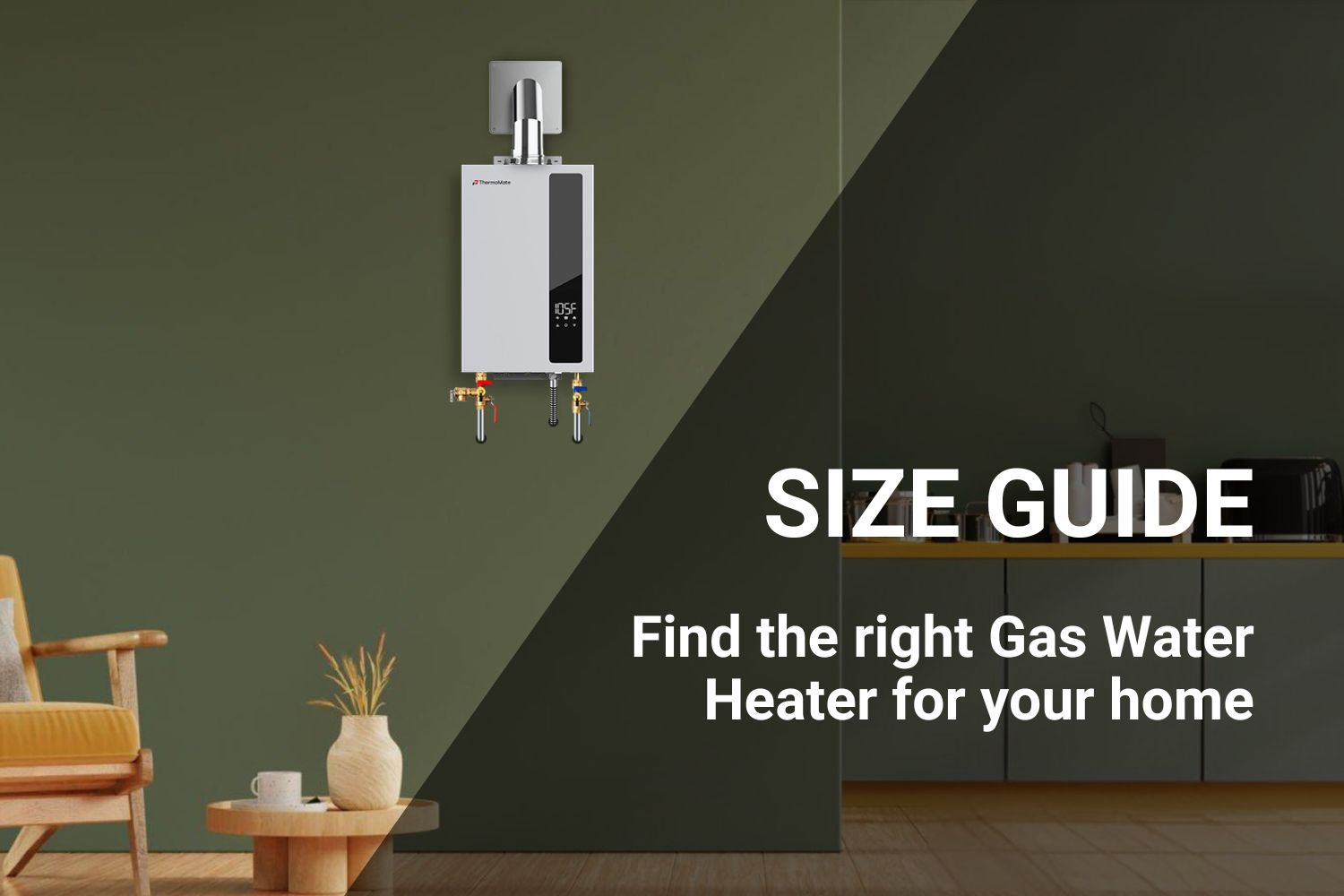Upgrading your home’s water heating system is an investment that directly affects comfort, energy costs, and convenience. Among the most efficient solutions available today are tankless gas water heaters, which provide hot water only when it’s needed. To get the best performance, however, choosing the correct size is essential.
Why Sizing Matters
Unlike storage tank systems, a tankless water heater does not hold a reserve of hot water. Instead, it heats water instantly as it flows through the unit. This means the system must be sized to match both the demand in gallons per minute (GPM) and the required temperature rise. If the heater is too small, it won’t keep up during peak use; if it’s oversized, you may pay more than necessary for equipment and installation.
Step 1: Estimate Household Hot Water Demand
The first step is to determine how many fixtures you may use at the same time. Each fixture has an average flow rate:
-
Shower: 1.5–2.5 GPM
-
Kitchen faucet: 1–2 GPM
-
Dishwasher: 1–2 GPM
-
Washing machine: 1.5–2.5 GPM
For example, if a shower and dishwasher might run together, you’ll need a heater capable of delivering around 4 GPM. Larger households, where multiple showers or appliances run at once, may require 7 GPM or more.
Step 2: Consider Your Fuel Source
-
Natural gas tankless systems are a practical choice for homes already connected to a gas line. They offer high efficiency and consistent heating power.
-
Propane tankless systems are ideal for rural or off-grid homes, delivering the same on-demand performance with installation flexibility.
Both fuel types provide reliable hot water, but the right option will depend on availability and your home’s energy setup.
Step 3: Factor in Climate and Temperature Rise
The colder the incoming water, the harder the heater must work. In northern regions, where groundwater may be as low as 40°F, the system needs to raise the temperature by 70°F or more for a comfortable shower. In warmer climates, a smaller unit may be sufficient since the temperature rise is less demanding.
Step 4: Match the Unit to Household Size
Here’s a general guide for capacity:
-
1–2 people: 3–5 GPM
-
3–4 people: 6–8 GPM
-
5 or more people: 9+ GPM
This ensures that your on-demand water heater delivers steady performance without interruptions.
Step 5: Look at Efficiency Ratings
Modern high-efficiency tankless heaters are designed to reduce standby energy loss and use advanced modulation to adjust gas consumption based on demand. Over time, this not only provides continuous hot water but also helps lower utility bills.
Conclusion
Selecting the right size tankless gas water heater requires balancing household demand, fuel source, climate, and efficiency. By taking the time to calculate your needs, you can ensure consistent hot water, maximize energy savings, and invest in a system that will serve your household reliably for years to come.

